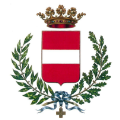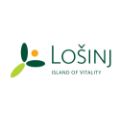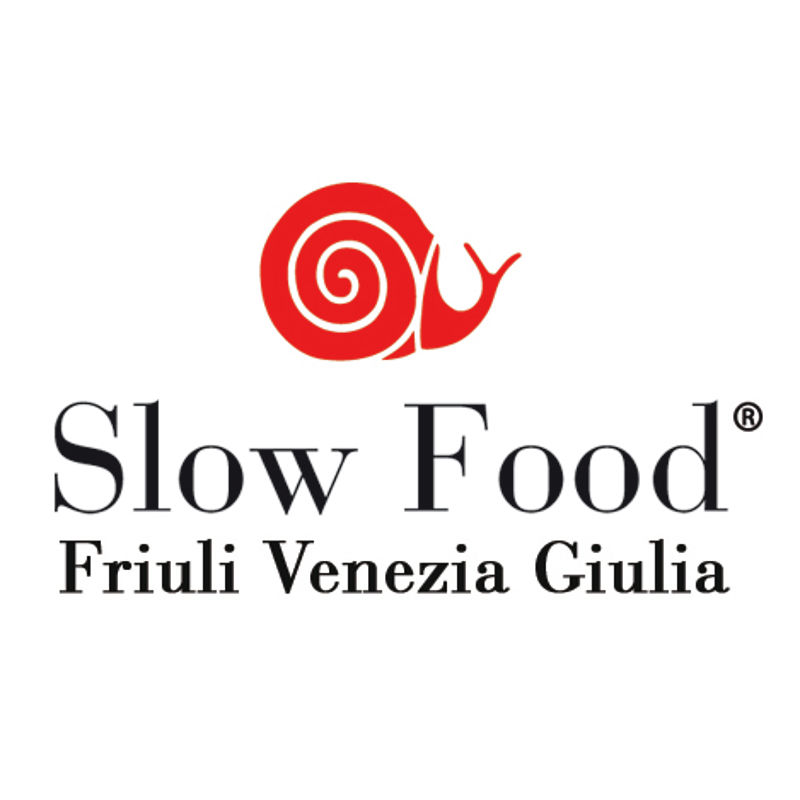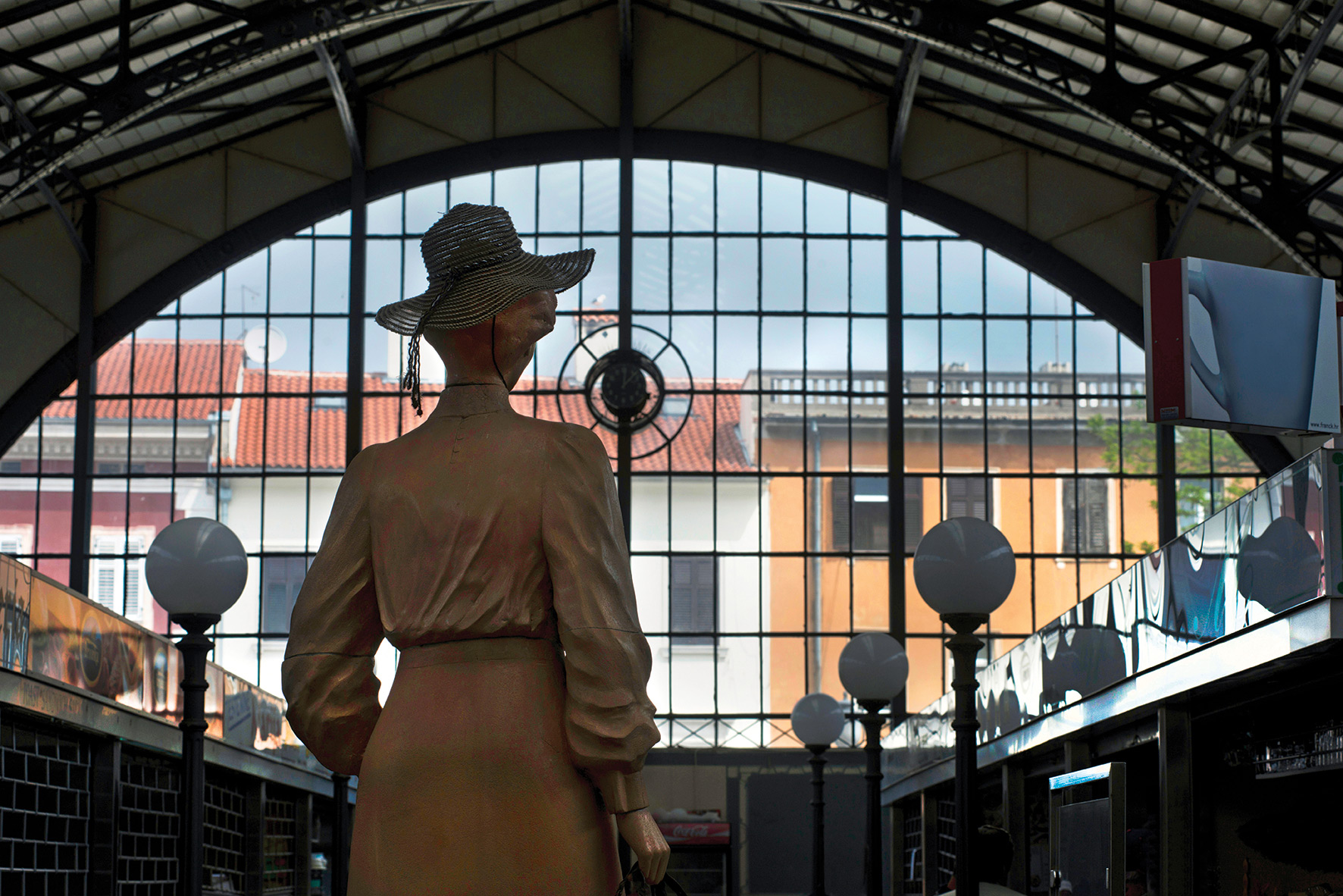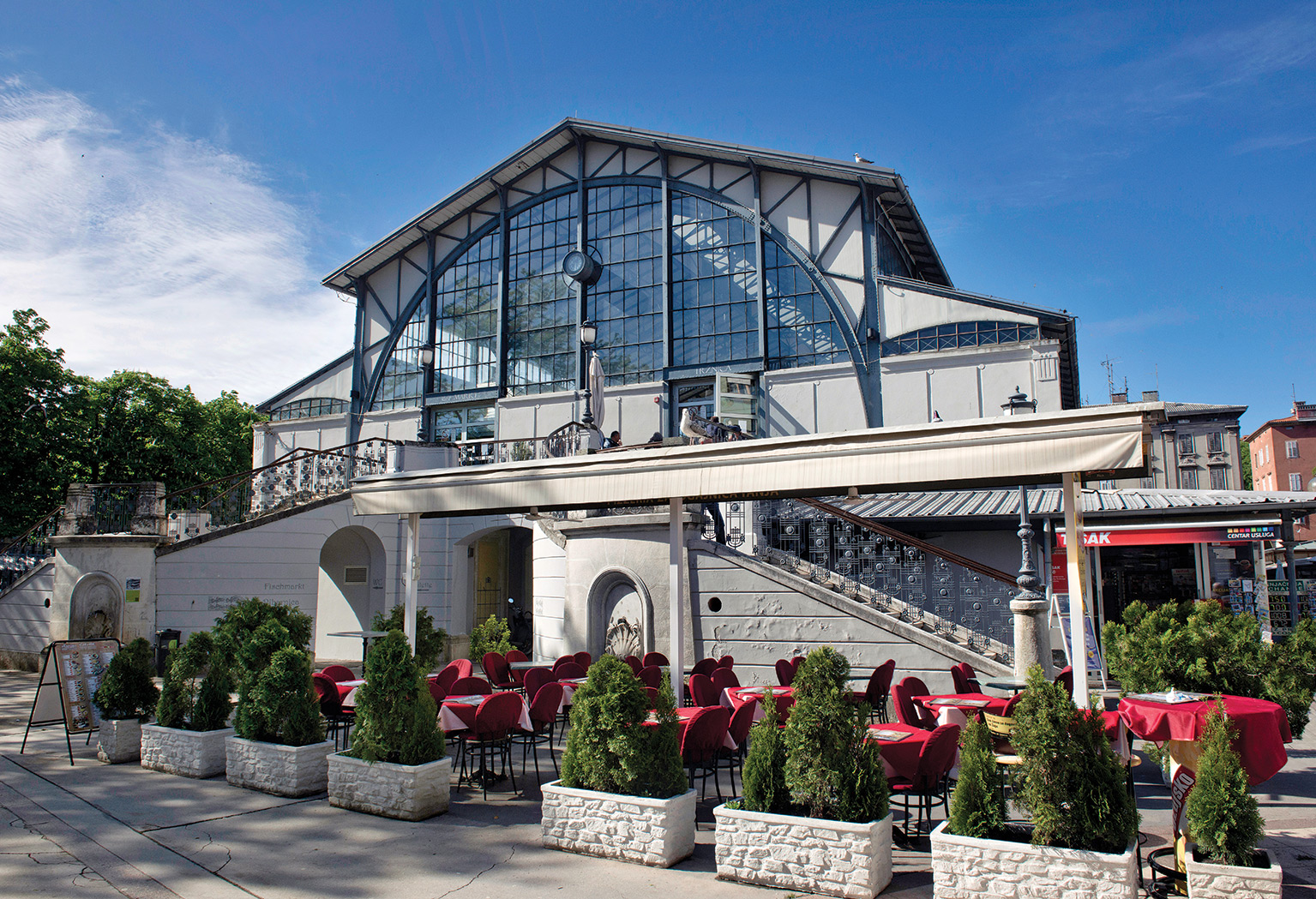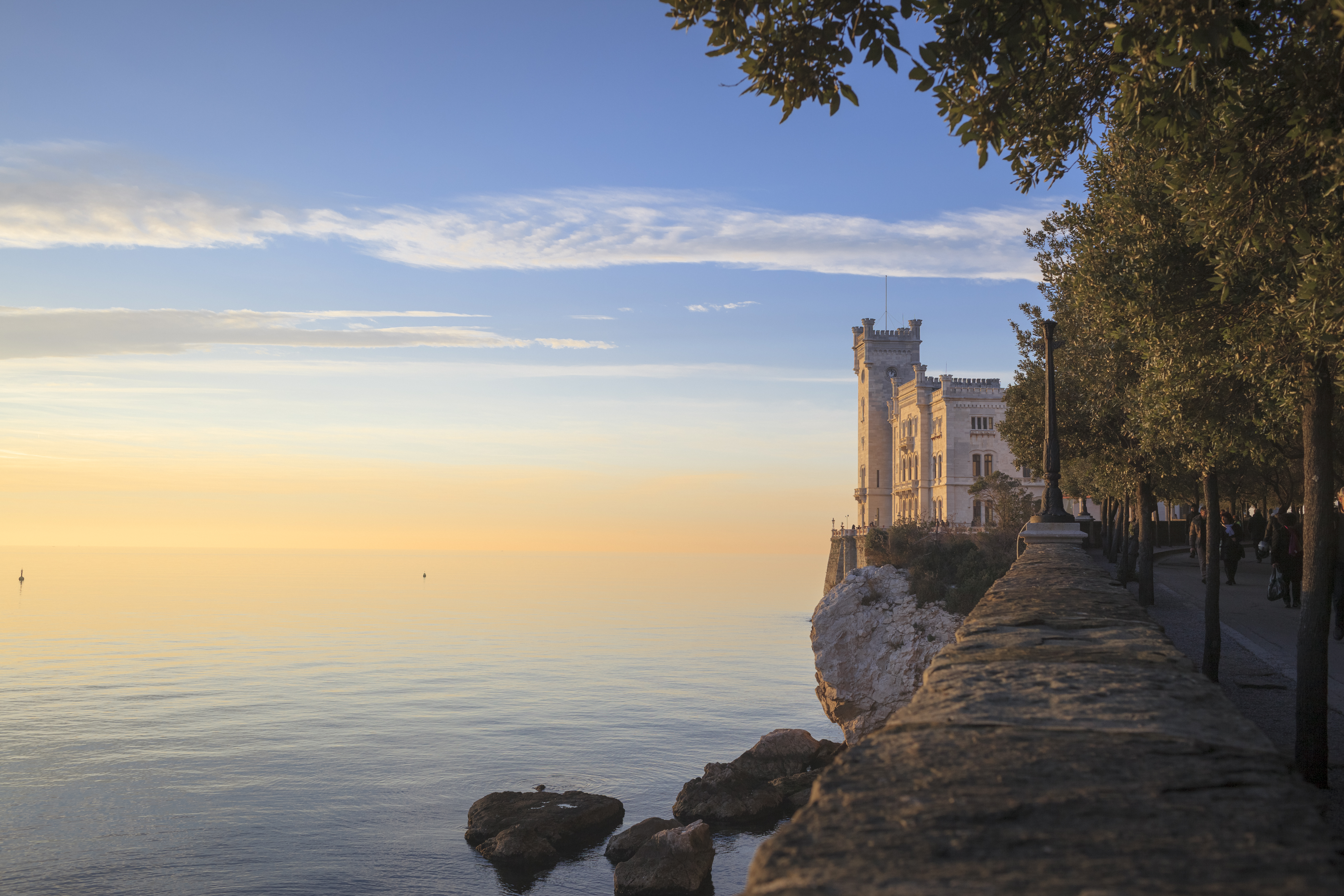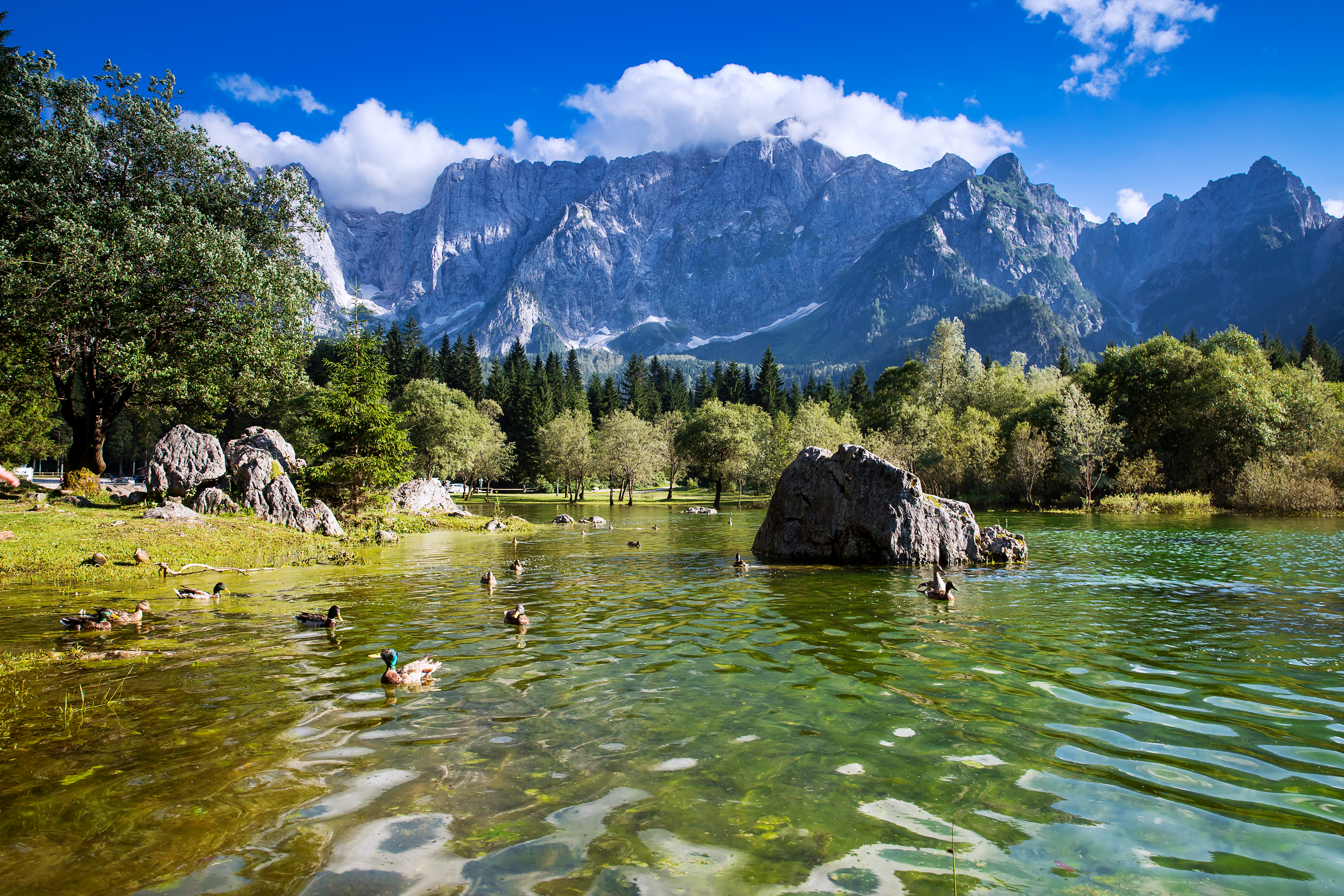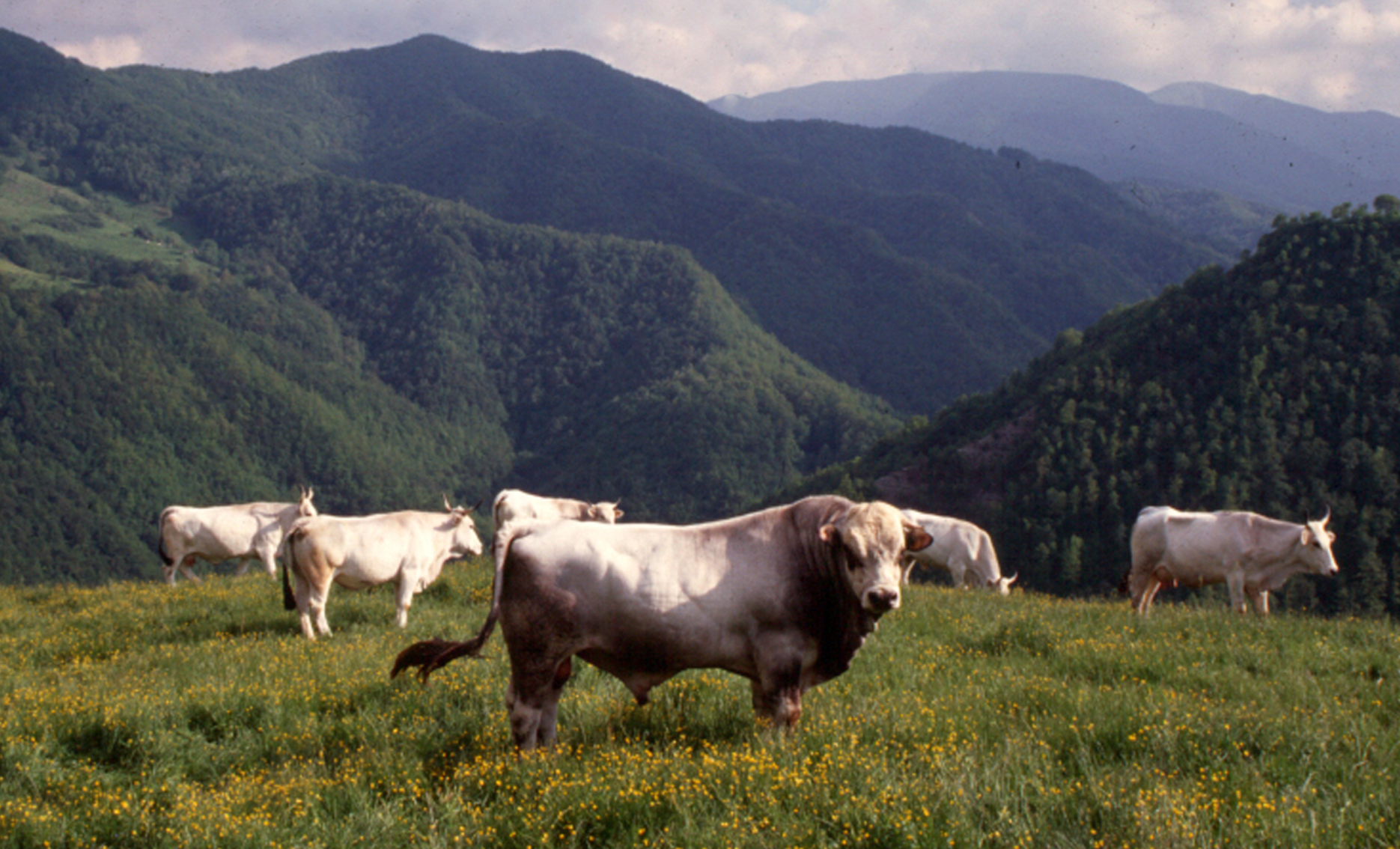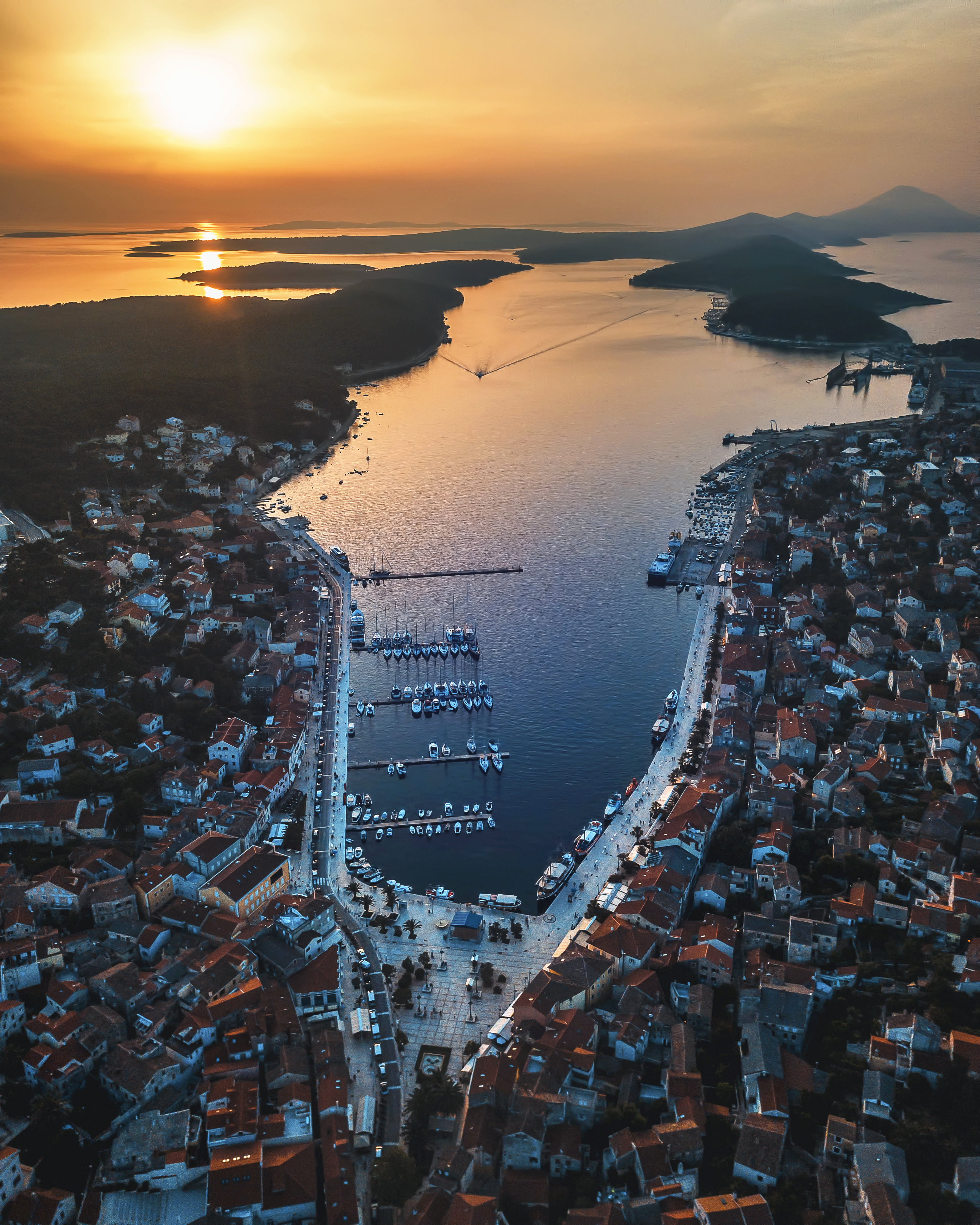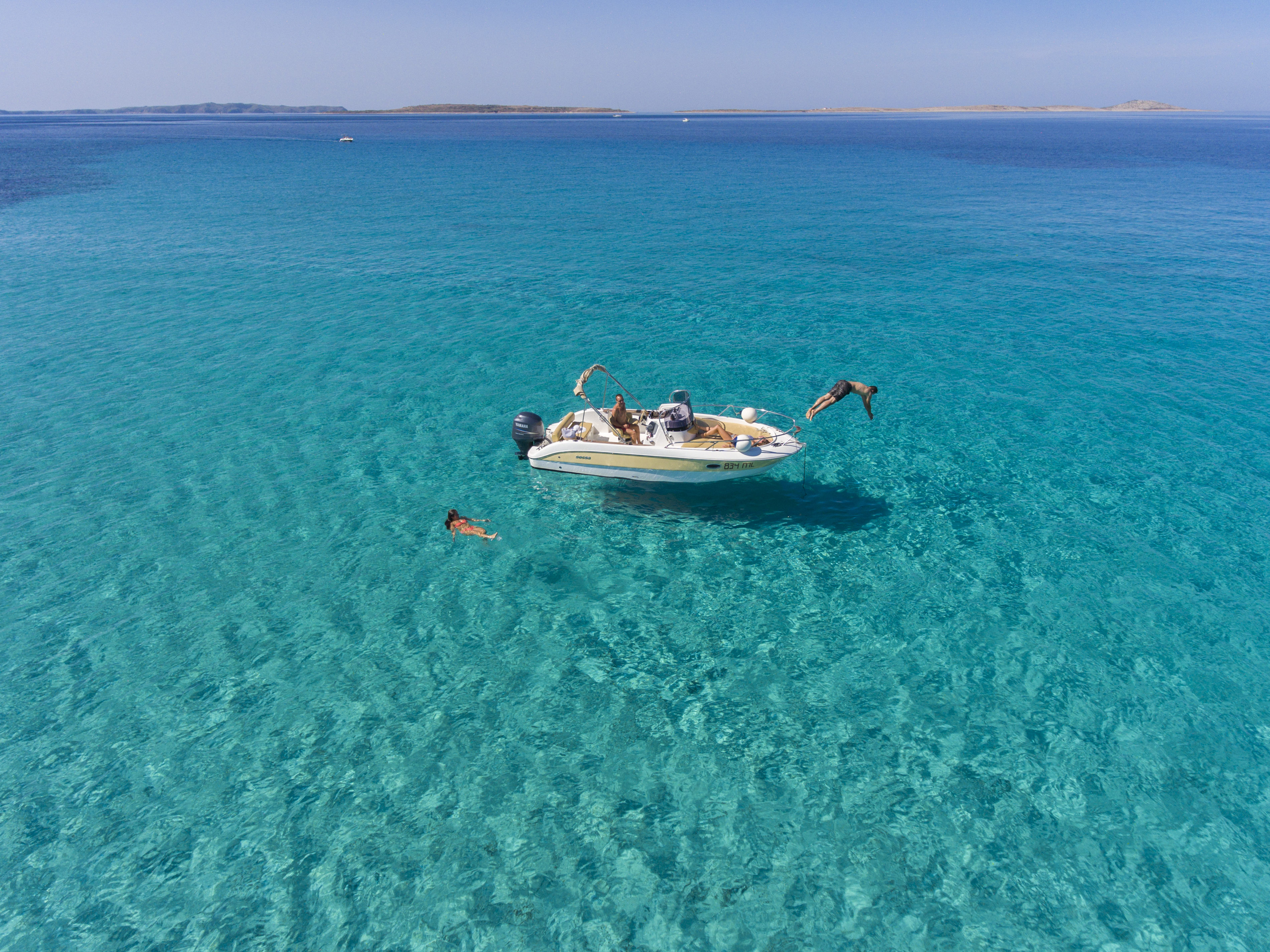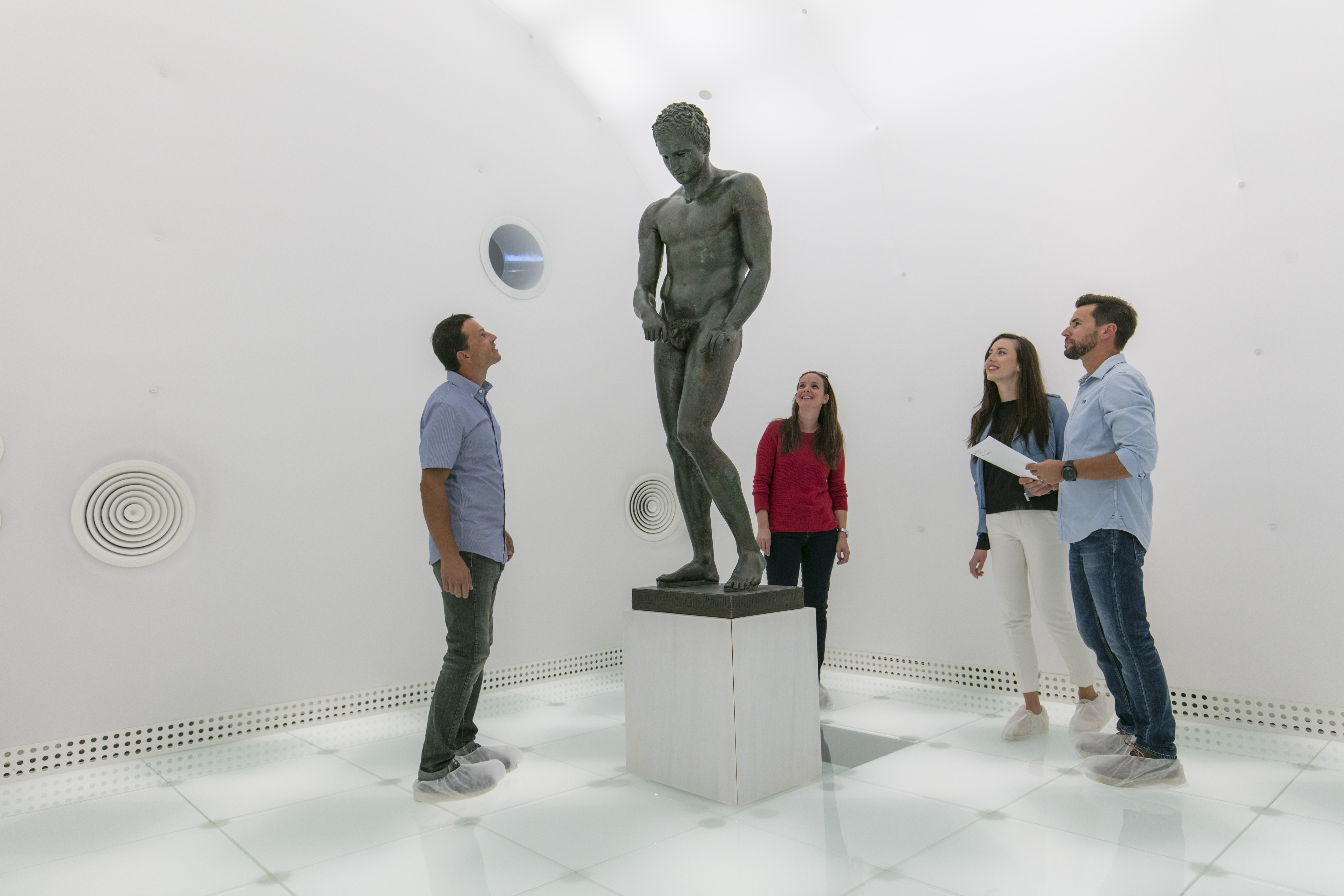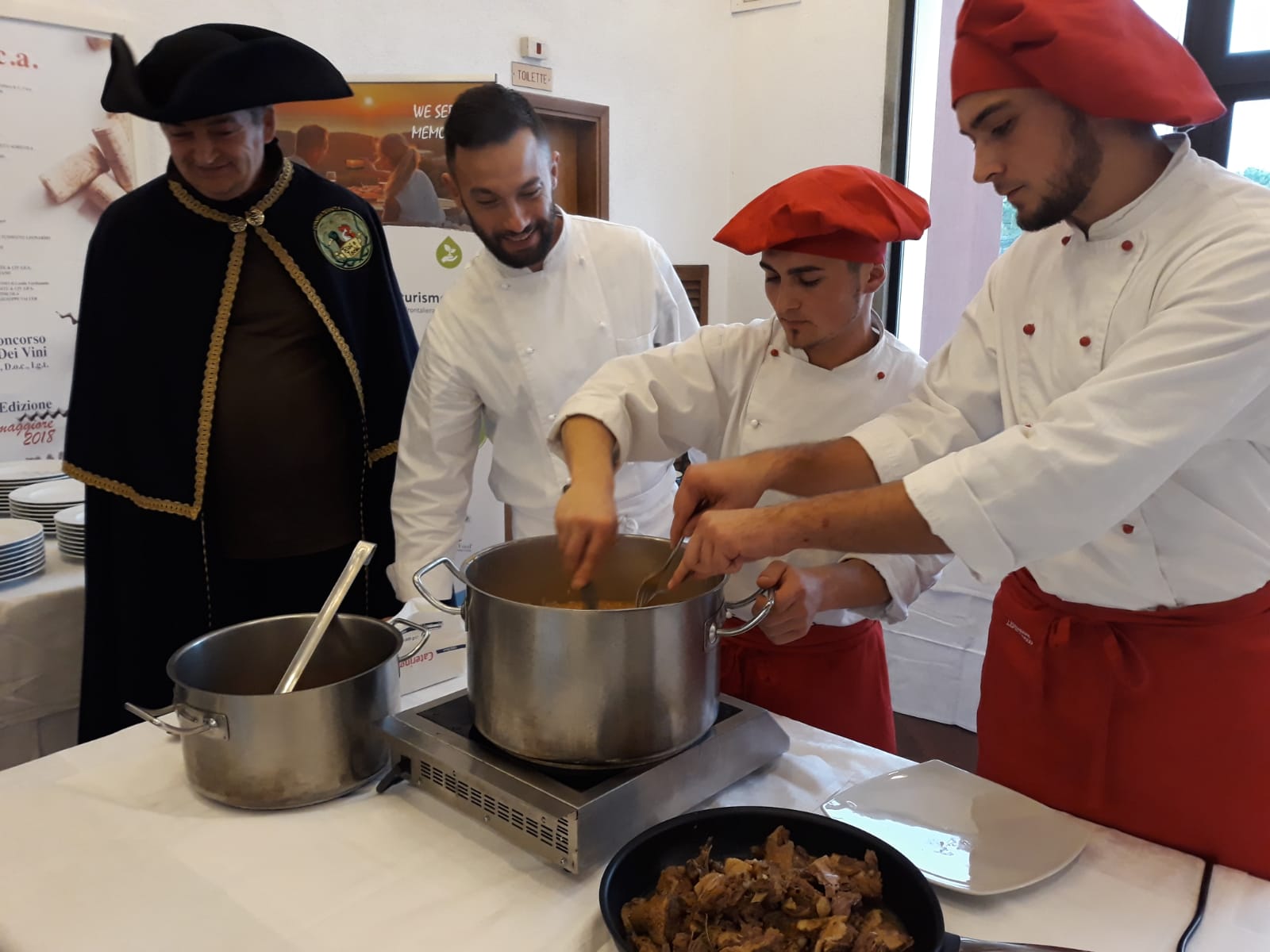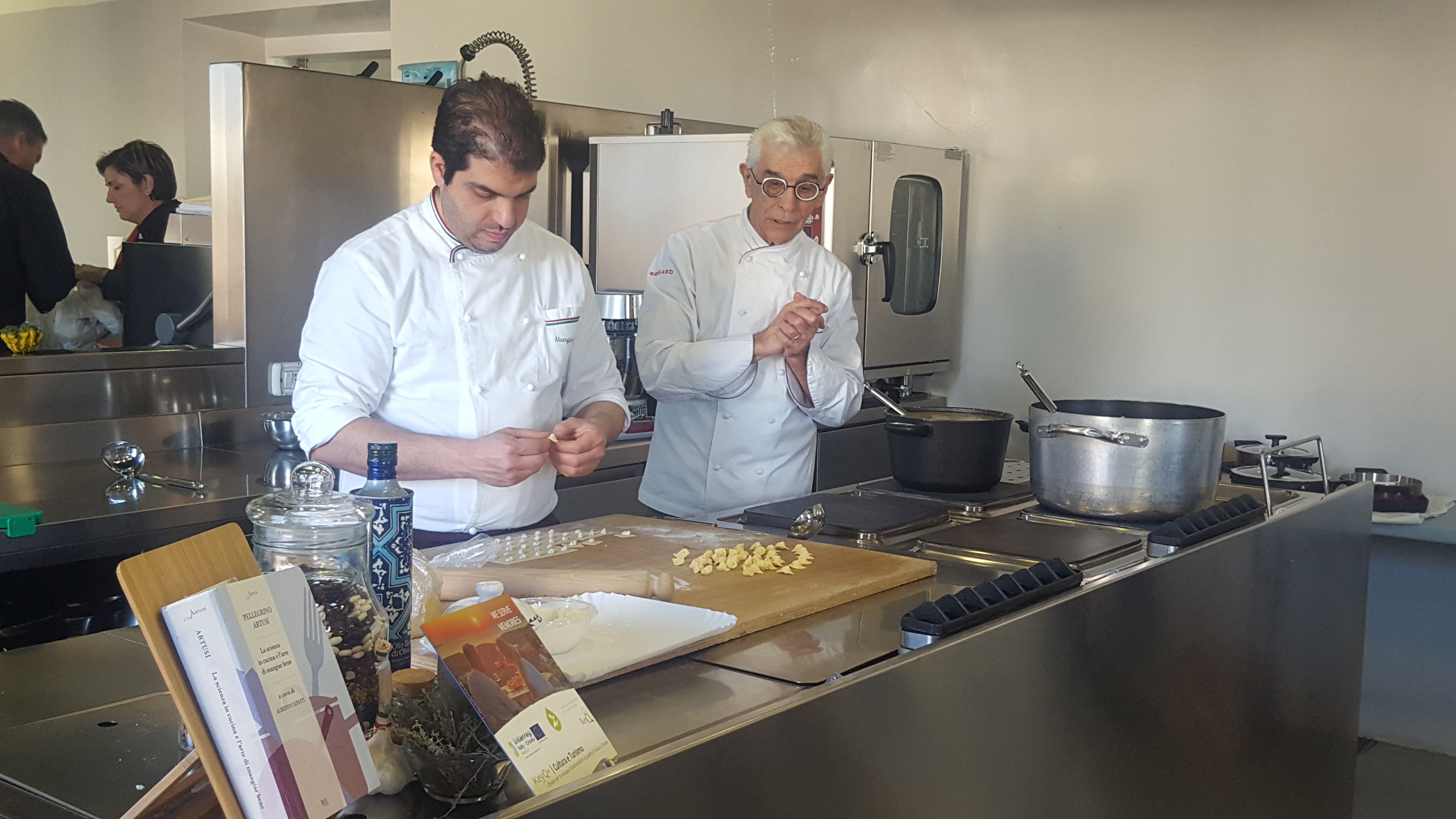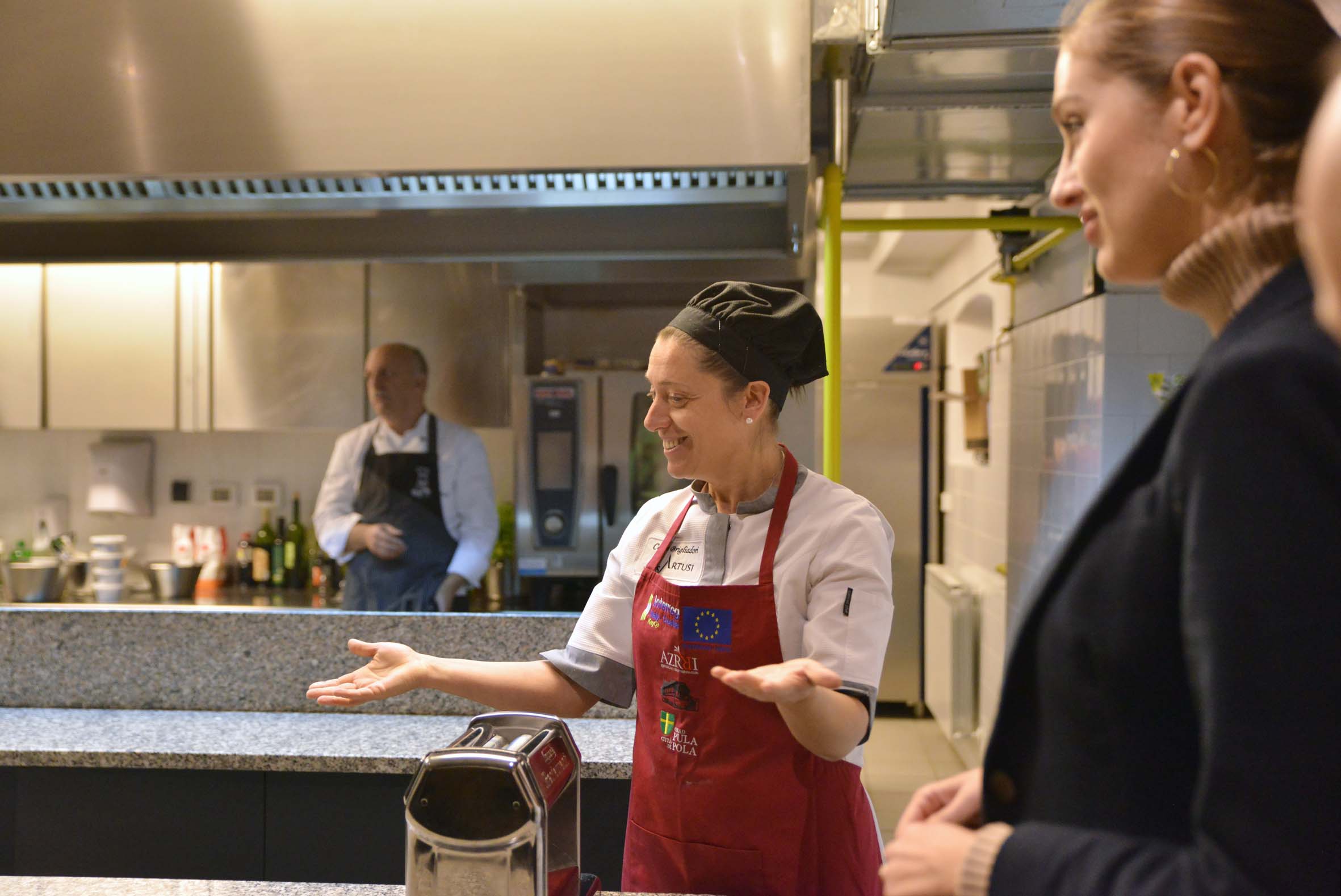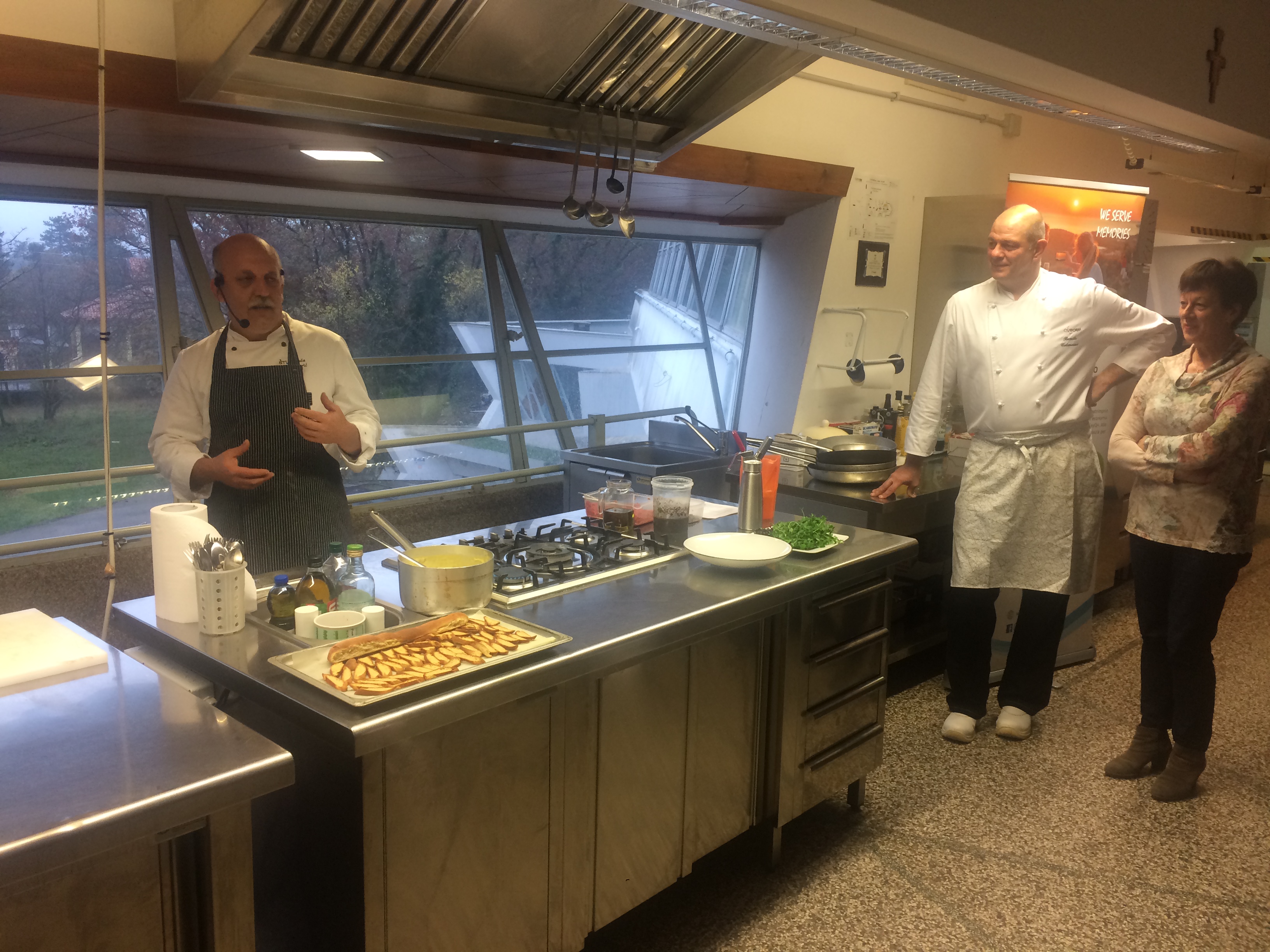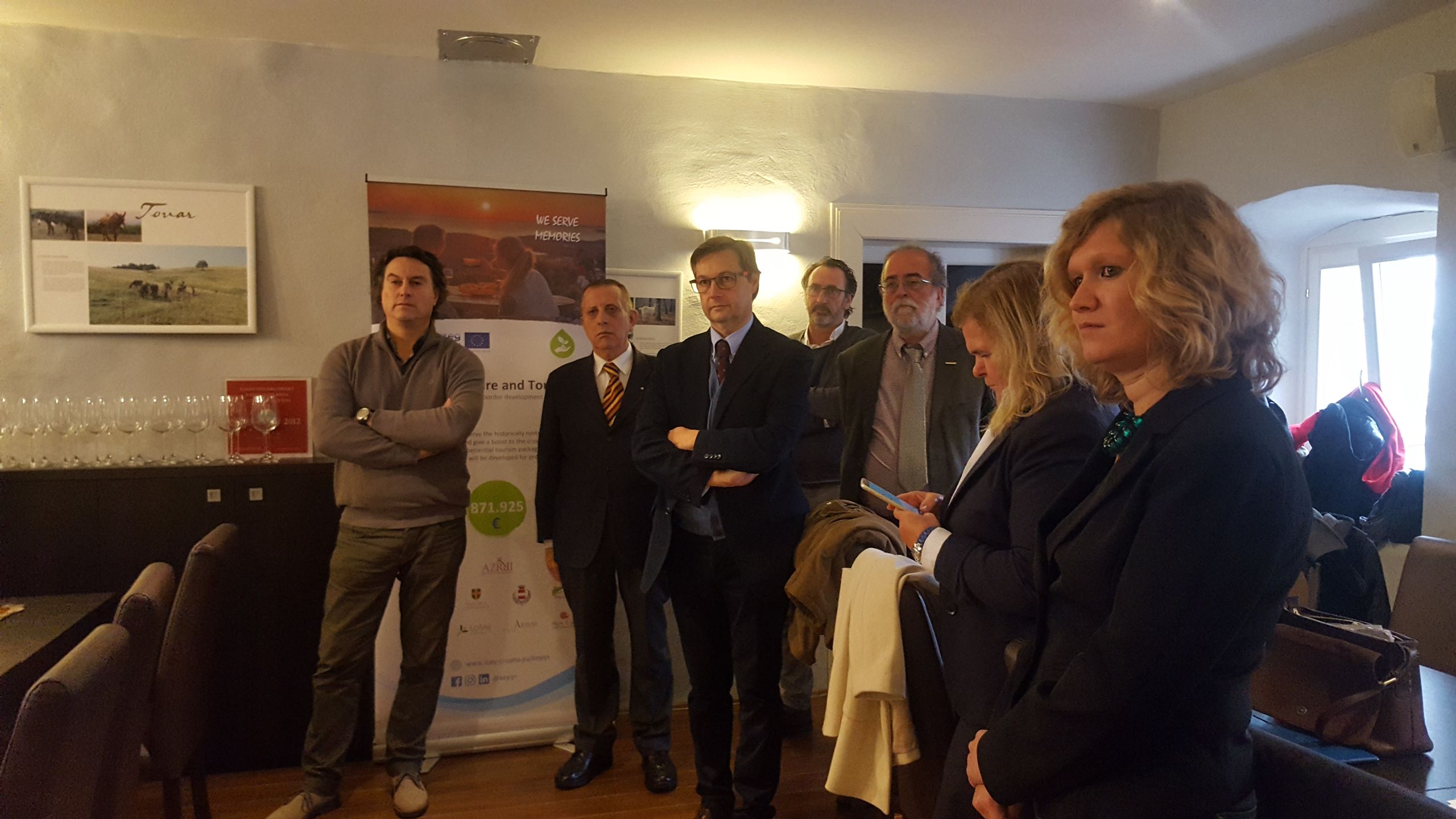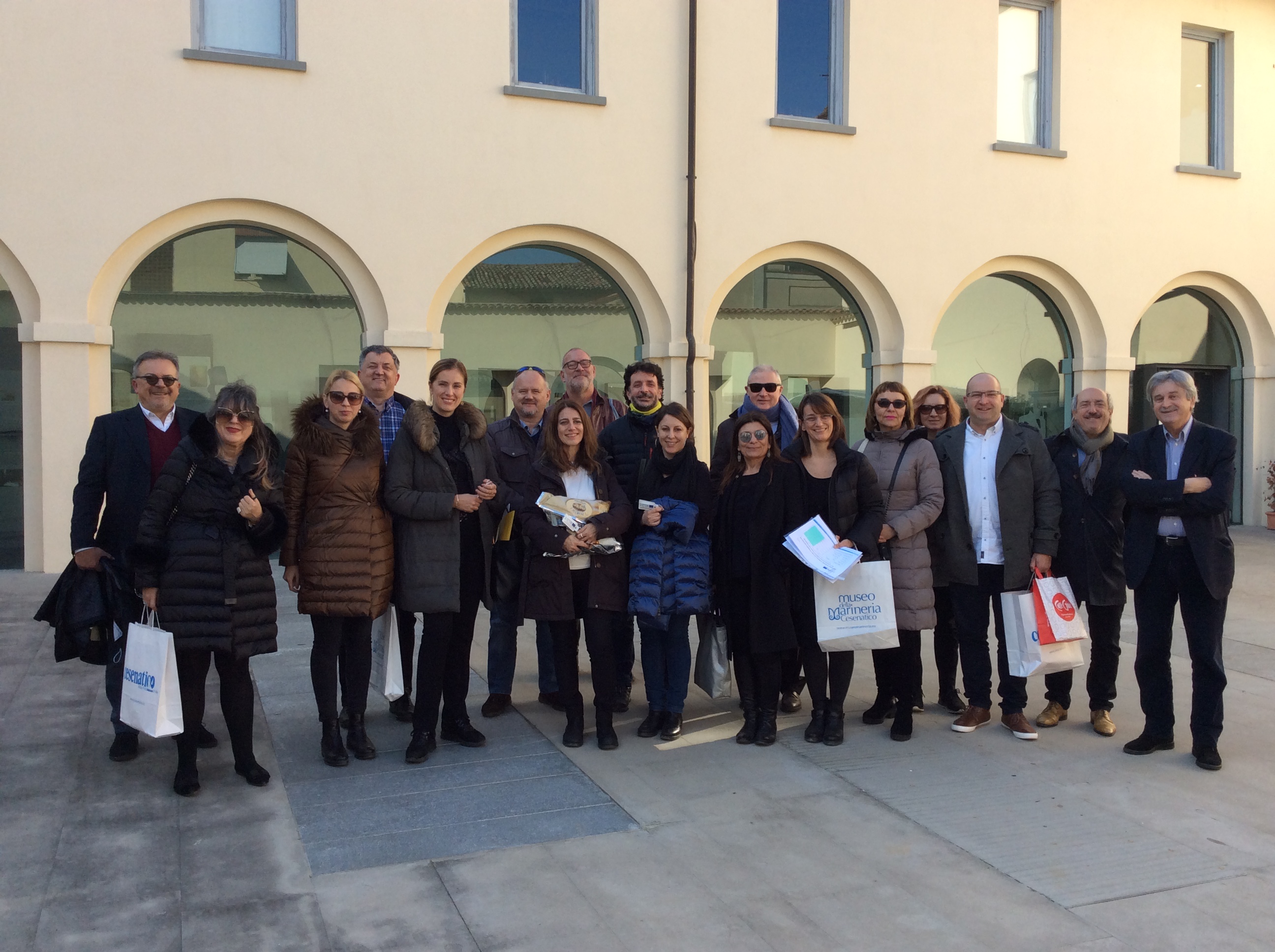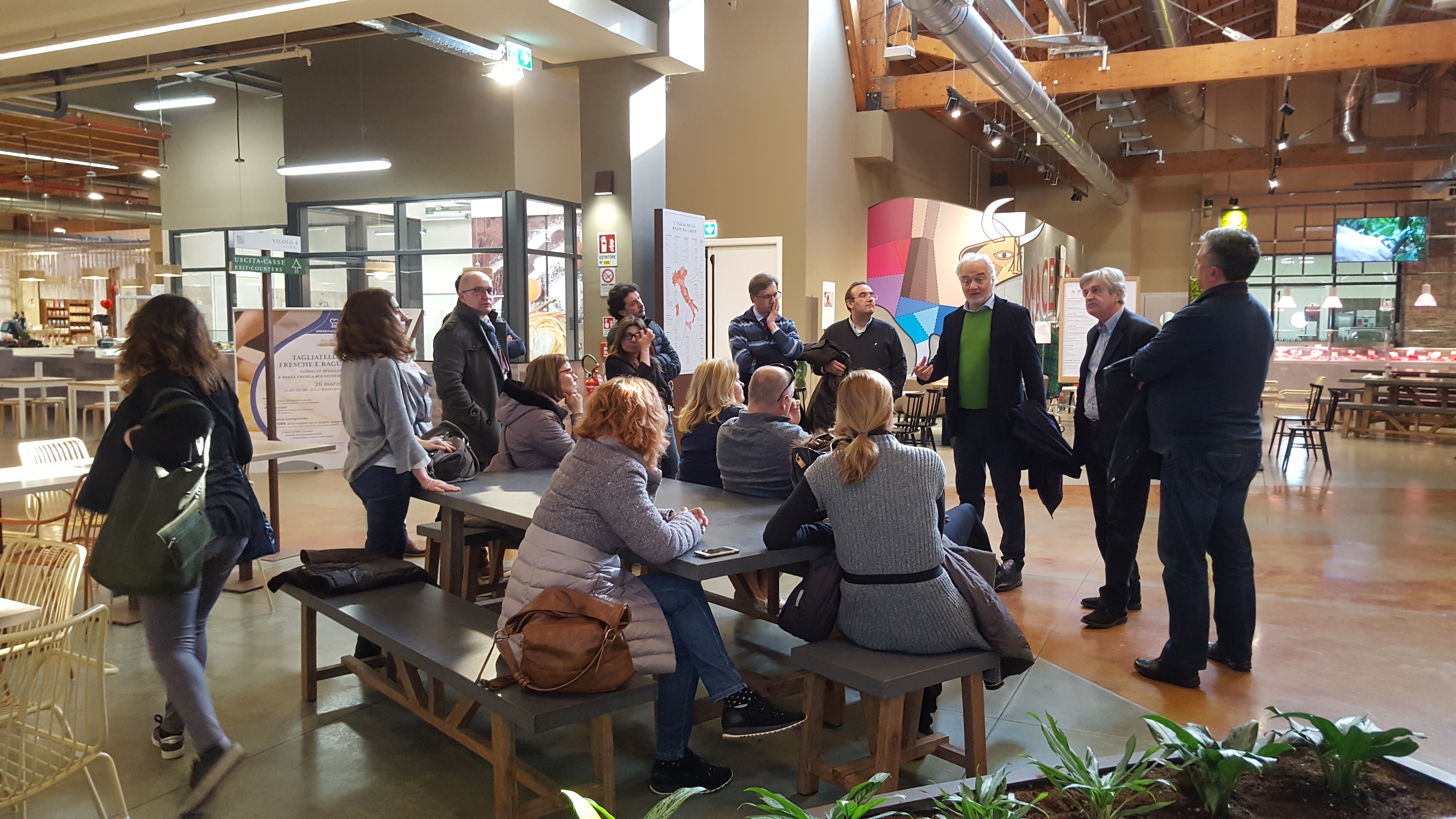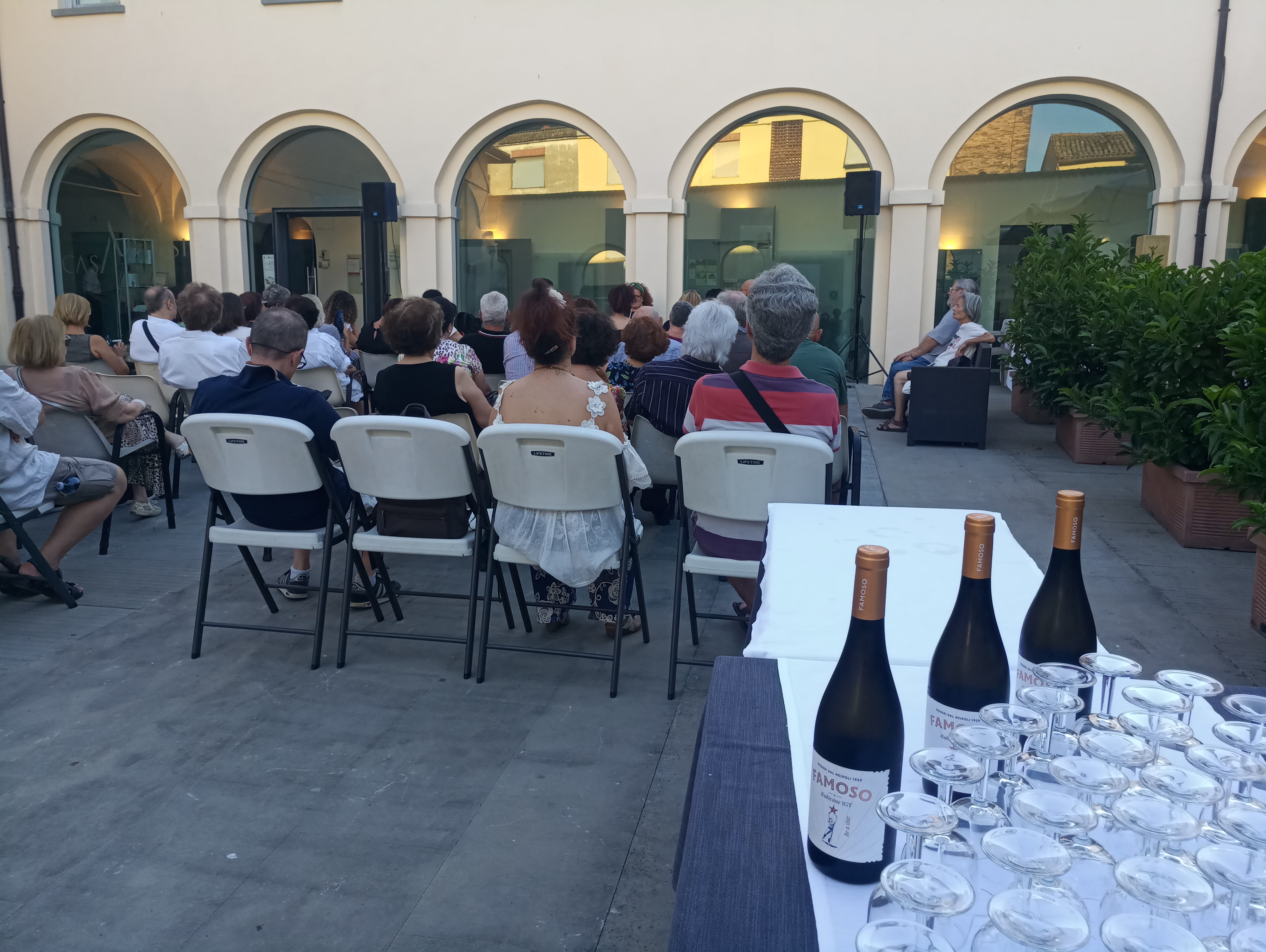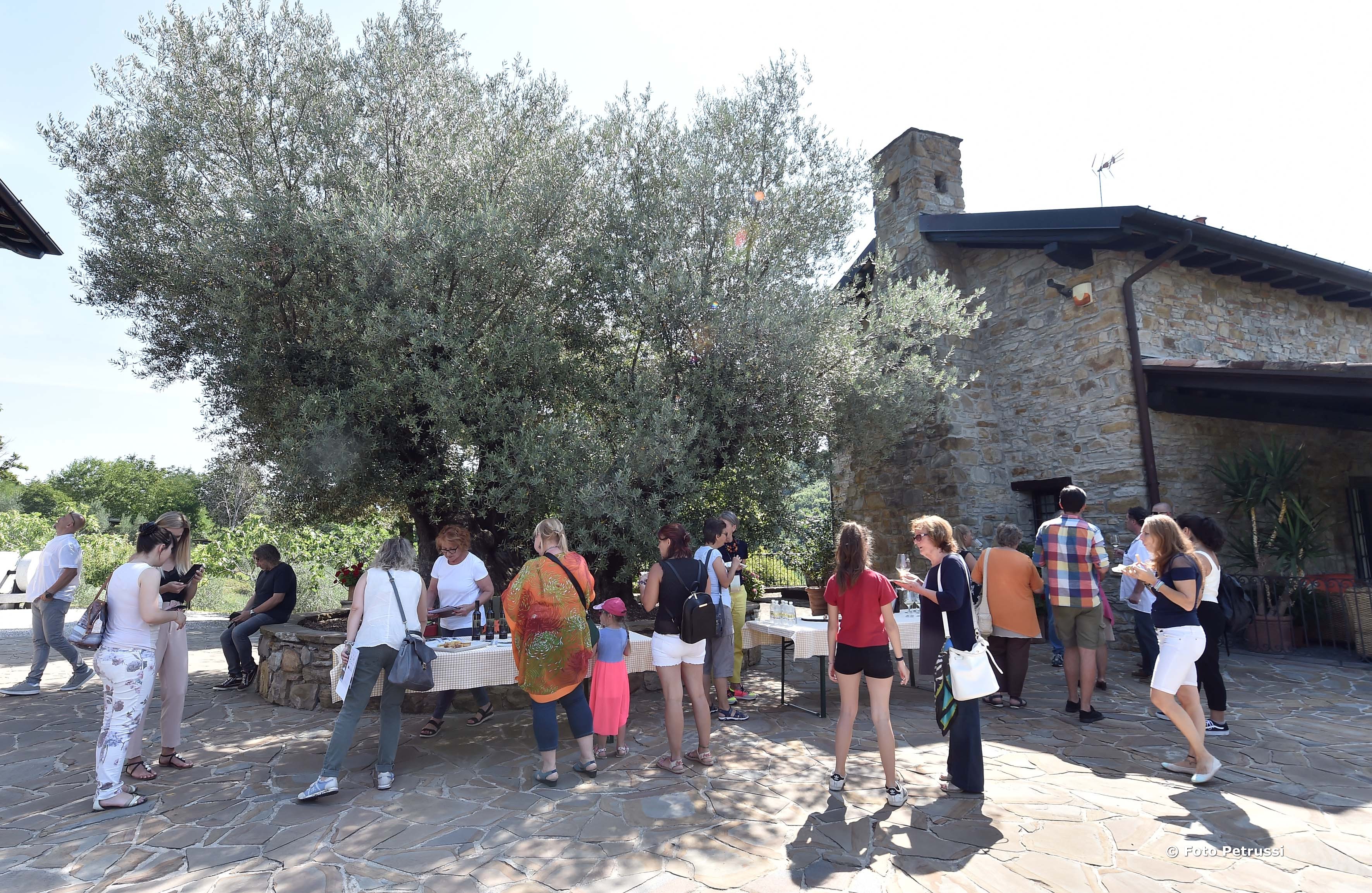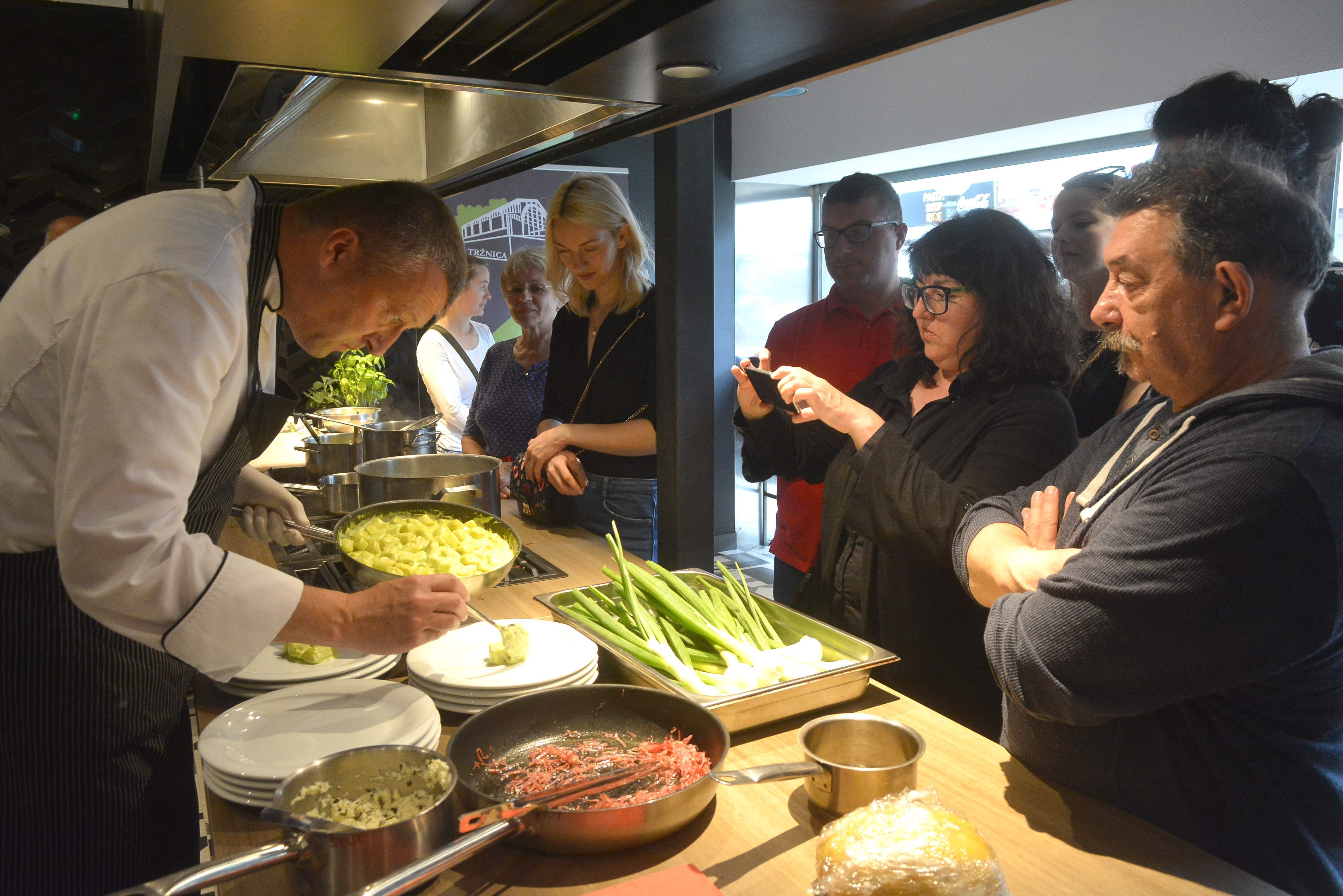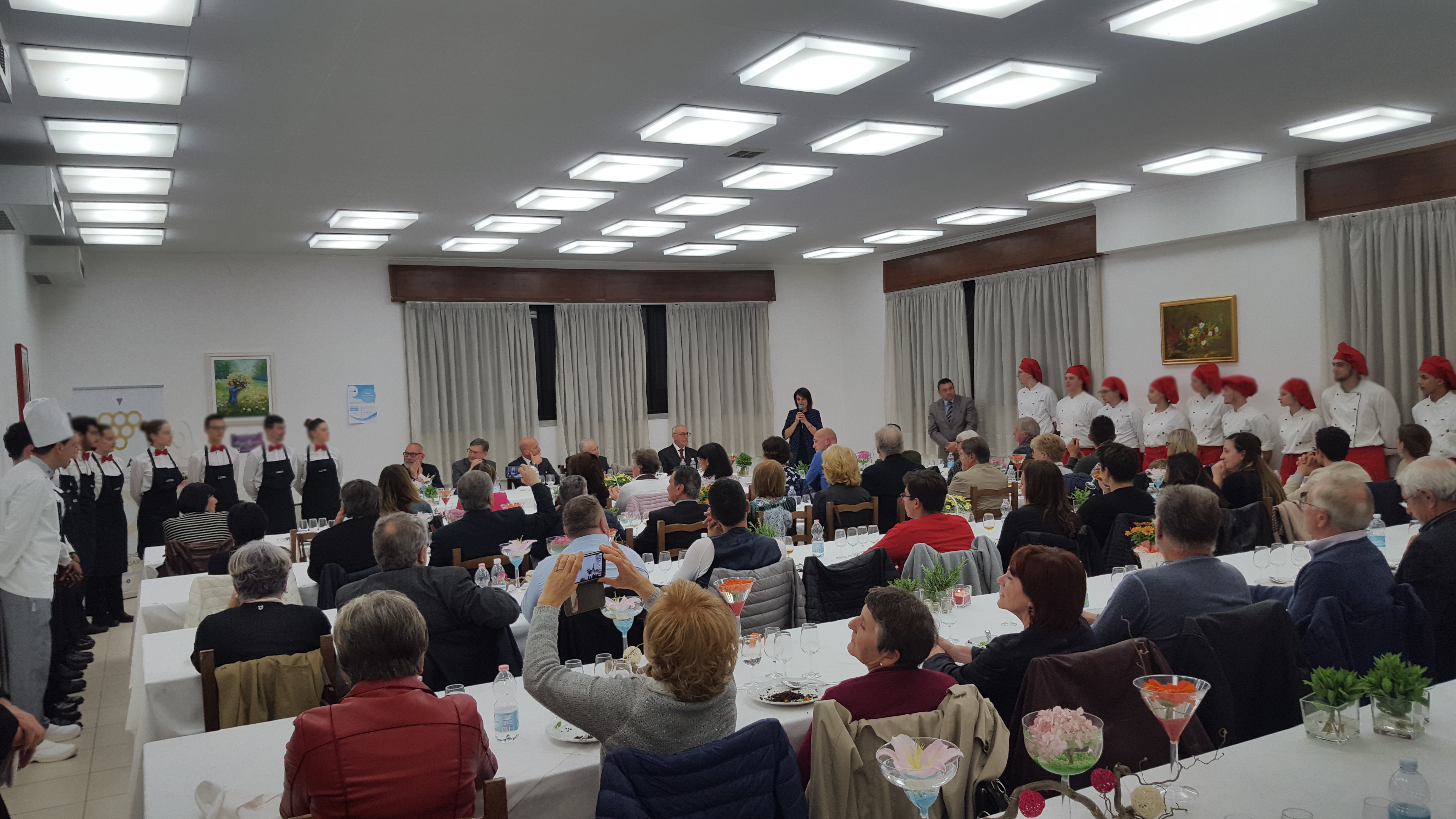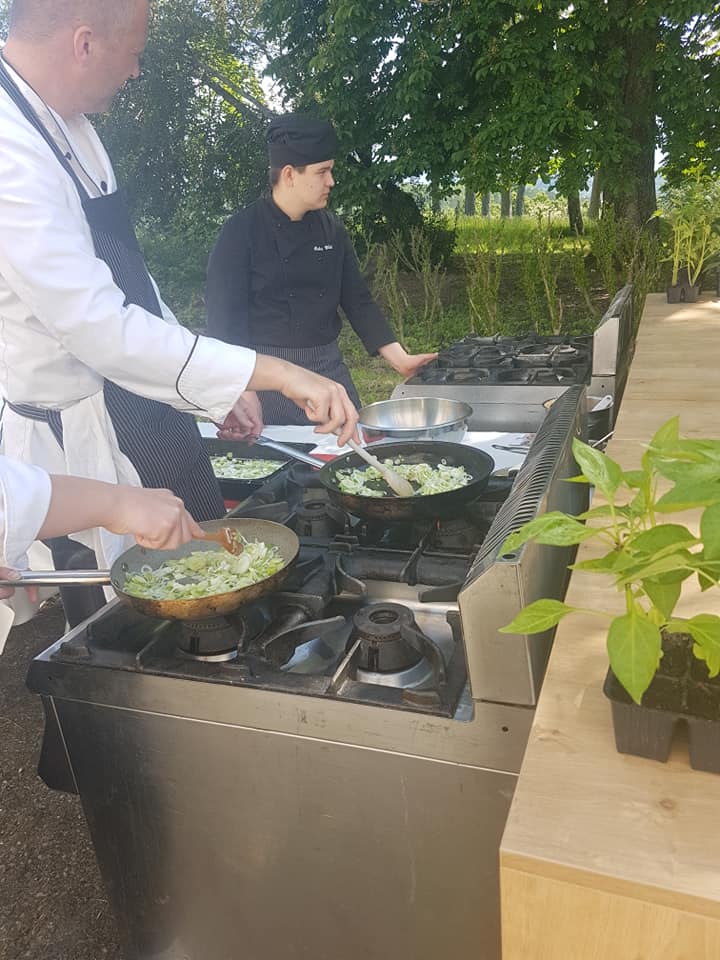14-KeyQPlus (local)
/ SO 3.1
Culture and Tourism as keys for quality cross-border development of Italy and Croatia
START DATE
01.01.2018
END DATE
30.09.2019
TOTAL BUDGET
€ 872.000
SPECIFIC OBJECTIVE
3.1 - Make natural and cultural heritage a leverage for sustainable and more balanced territorial development
LEAD PARTNER
AZRRI – Agency for rural development of Istria ltd
TARGET GROUPS
- Individual tourists and groups
- Local, regional and national public aut horities
- Regional and local development agencies, enterpri ses
- Education and training organisations
The project KeyQ+, is capitalizing the IPA Adriatic KeyQ project, and is aimed at protecting and preserving historical traditional cuisine and less-known cultural heritage sites, in order to foster the cross-border economy. To that scope the project will ensure the definition of innovative tourist itinerary that will be focused on enhancing the local eno-gastronomic attractiveness, and supporting synergies creation among the didactic kitchens, local producers and cultural sites operators.
KEYQPLUS - KEY FACTS&FIGURES
PartnerMap
PARTNERSHIP
LEAD PARTNER

AZRRI – Agency for rural development of Istria ltd
ULICA PROF. TUGOMILA UJCICA 1
Pazin - Croatia - jasenka.kapuralin@azrri.hr
PROJECT PARTNER
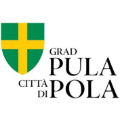
City of Pula
Department of EU policies, international cooperation and information of the city of Pula
PARTNERSHIP
Discover Italy-Croatia partners' network
Select a pin or zoom the map to discover projects
The partners represent the starting point of cooperation
The quality of a project depends largely on an adequate composition of its partnership, able to pool all skills and competences of relevant institutions in order to achieve the set of project results, having the capacity to create strong links to target groups addressed by the project.
NEWS & EVENTS
Asset Publisher
Asset Publisher
Tue
24
SEP 2019
Fri
19
JUL 2019
Tue
10
SEP 2019
Fri
13
SEP 2019
Asset Publisher
Here all the documents.
Guida turistica - Catalogo degli itinerari - versione ITALIANA
PUBLISHED ON 05/09/2019
Gastronomy Guidebook and Tourism Itineraries -Istria, Losinj, Friuli Venezia Giulia, Veneto, Emilia Romagna (ENG_HR)
PUBLISHED ON 10/10/2019
Gastronomy guide and tourism itineraries: Friuli Venezia Giulia, Veneto, Emilia Romagna, Istria, Losinj (ITA-ENG)
PUBLISHED ON 09/10/2019
Interactive map of Tourism Itineraries: http://tasteculture.azrri.hr/en/
VIDEO
The secret only KeyQ+ will reveal to you: Apicius was a Roman legend and is considered the greatest gourmet of all time. He spent a fortune on food and after he had only 10 million sestertii left Apicius decided to poison himself, rather than to continue living in poverty
The secret only KeyQ+ will reveal to you: The Ancient Greeks had a rule that fish must swim three times – once in the sea, once in olive oil, and once in wine
The secret only KeyQ+ will reveal to you: Hippocrates, the father of medicine and the physician who established the principles of medical ethics, had a famous saying: ‘Let food be thy medicine and medicine be thy food
The secret only KeyQ+ will reveal you: Festivals in Ancient Greece followed certain rules.
Spoons were used only to take sauces from the serving dishes and a flat round of bread or a hard bread crust was used as a plate.
The secret only KeyQ+ will reveal to you: The origin of the Gubana is certainly ancient. It seems that already in Roman times there was a sweet prepared in a similar way
The secret on KeyQ+ will reveal you: In the mountain tradition, the crunchy frico with the cold polenta was traditional food that the woodsmen could carry in their backpacks
The secret that only KeyQ+ will reveal to you: If the ricotta or raviggiolo is too soft, leave out an egg white, or if the mixture comes out too firm, add another yolk. For best results, this pasta calls for a broth made with capon
The secret only KeyQ+ will reveal you: For this dish you need the largest sardines available
The secret only KeyQ+ will reveal you: The perfect pairing for Bèl e Còt in the tradition of Russi dates back to the Fair of Seven Sorrows, established since late 1600 and is with the wine "Canèna": a purple-red wine, with a sweet but acid taste and flavours of red fruit
The secret only KeyQ+ will reveal you: To prevent the rice from sticking to the pot, stir often, and then cook keeping the pot on the edge of the cooker.
The secret only KeyQ+ will reveal you: White polenta, made of Biancoperla Maize flour is a popular symbol of home cookery from the area of Venice, Treviso and Padua.
The secret only KeyQ+ will reveal you: In the peasant tradition from Veneto, "pasta e fasoi" was made with egg-pasta. The chef suggests to use the Beans from Lamon PGI, a variety with origin certification from the valleys of Belluno, Veneto
The secret only KeyQ+ will reveal you: Also known as Friar’s Beard, agretti is a succulent plant, similar to samphire, with a slightly salty, grassy, mineral flavour, growing in lagoon environments. In this recipe, agretti can be substituted with asparagus or wild herbs with similar taste
The secret only KeyQ+ will reveal you: Rice was known in Italy much earlier than it has been part of Italian cuisine: it was initially considered a spice and sold for therapeutic uses. The use of rice in this recipe is similar to "rice pudding" in the cuisine manual by Pellegrino Artusi
The secret only KeyQ+ will reveal you: Besides plums, gnocchi can be filled with different kinds of jam
The secret only KeyQ+ will reveal you: The best piece of beef shoulder for stewing is “Capel de prete".
Secret that only KeyQ+ will reveal you: In addition to blueberries, you can add prunes and various other berries to the stew.
The secret only KeyQ+ will reveal you: Take special care when roasting cabbage, because if it is overcooked it will significantly change the taste.
The secret only KeyQ+ will reveal you: this is one of the most typical dishes of the Friuli Venezia Giulia cuisine, is consumed as a snack (rebechin) in the typical buffet triestini or as an appetizer
The secret only KeyQ+ will reveal you: Savor is an ancient conservation technique, developed in the Istrian-Venetian area, which consists of frying and then marinating the fish


